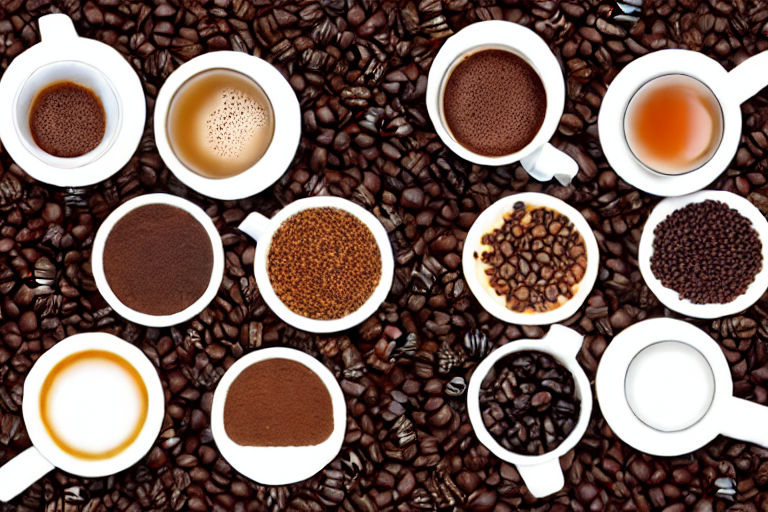The Psychology of Tableware: How It Affects the Dining Experience
When you go out to eat at a restaurant, you may not think twice about the plates, bowls, and utensils in front of you. However, the tableware you use can actually have a significant impact on your dining experience.
Color
One of the most basic ways in which tableware affects us psychologically is through color. Different colors can evoke different emotions or moods. For example, red is associated with passion and energy, while blue is often seen as calming or tranquil. Restaurants will often choose tableware with colors that reflect the atmosphere they want to create.
Size and Shape
The size and shape of your plates and bowls can also affect your dining experience. A larger plate may cause you to serve yourself more food, while a smaller plate can help you avoid overeating. The shape of tableware can also play a role in the presentation of dishes. For example, a curved plate can make a dish appear more elegant or artistic.
Weight
Tableware can also affect the perceived quality or value of the food. Heavy plates and utensils can make the dining experience seem more luxurious or high-end, while lighter options may feel more casual.
Texture
The texture of tableware can also play a role in how we perceive our food. Rough or uneven surfaces can create a feeling of dissatisfaction, while smooth and polished surfaces can create a sense of elegance and refinement.
Conclusion
While you may not have paid much attention to your tableware before, it's clear that it can have a significant impact on your dining experience. From the color to the weight to the texture, the right tableware choices can set the tone for a truly memorable meal.



